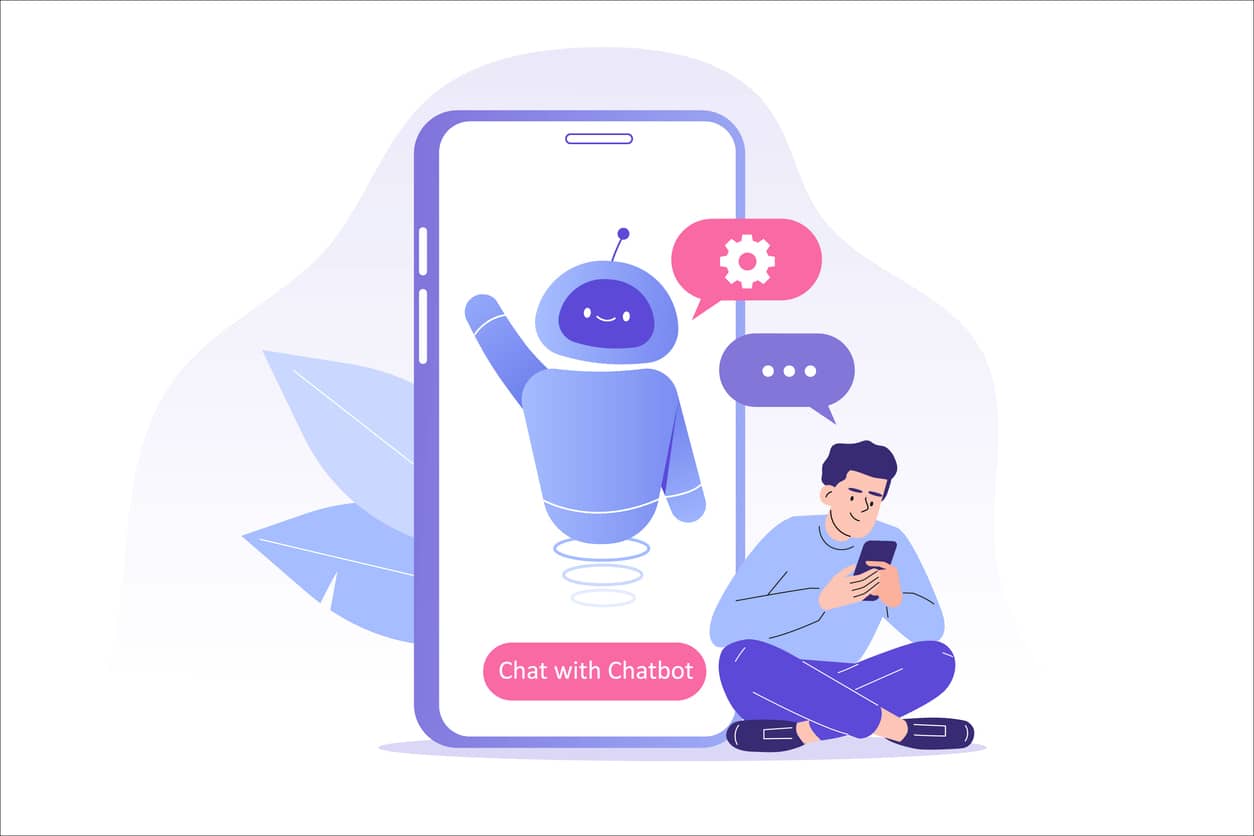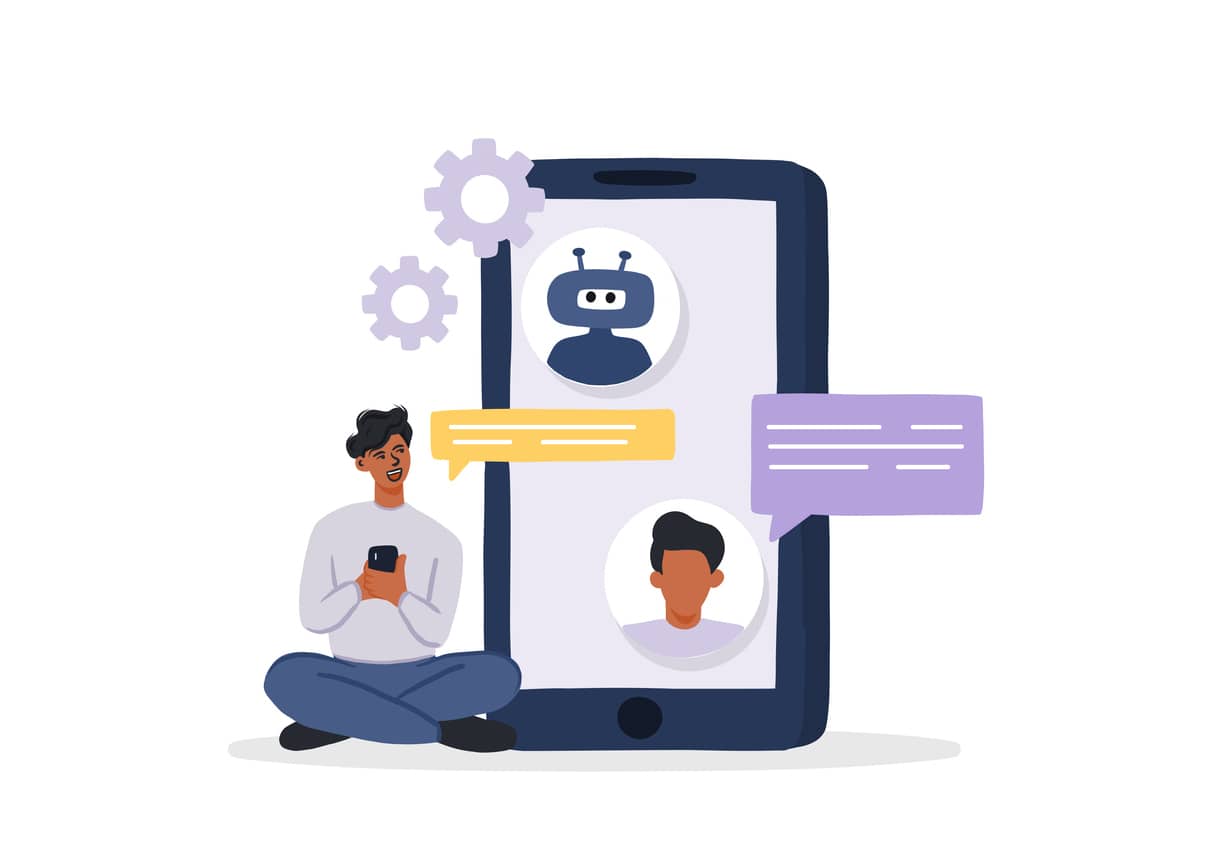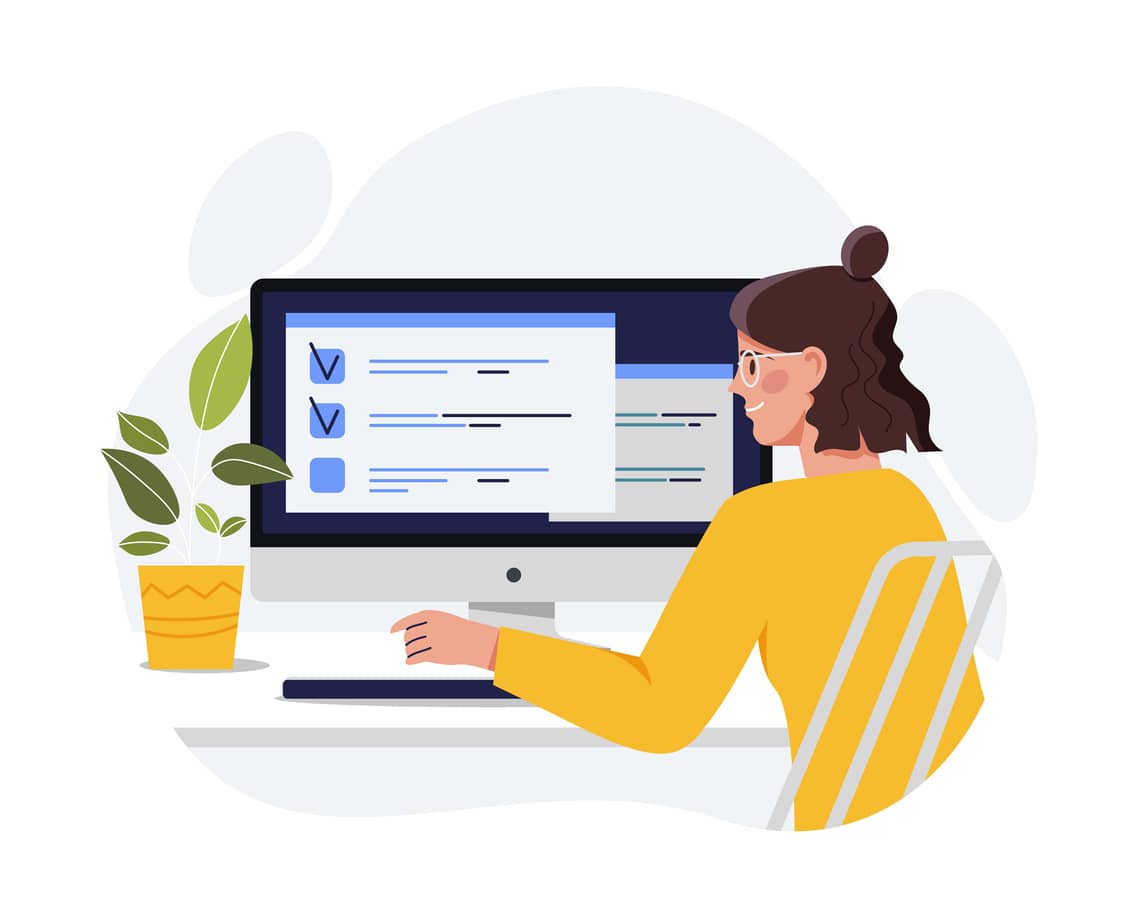How a chatbot works: the basics you need to know
At its most fundamental level, a chatbot is a software application engineered to mimic human conversation. But how do chatbots work? They leverage a combination of pre-programmed responses and artificial intelligence (AI) to process and respond to user inquiries. This capability is not just about enhancing customer service; it’s about transforming it. By automating repetitive tasks, chatbots free up human agents to tackle more complex issues, thus streamlining communication and increasing efficiency.

How chatbots collect data
To grasp how chatbots work, one must understand their data collection method. Chatbots collect valuable information through each interaction, which they then use to refine their responses and improve the overall user experience. This process allows chatbots to personalize conversations, making each interaction more relevant and effective. The accumulation of user data over time enables chatbots to anticipate needs and offer solutions proactively, marking a significant step forward in automated customer support.

How chatbots work with data retention and protection
A key aspect of understanding how chatbots work involves examining their data retention and protection approach. Given the sensitive nature of the data collected, chatbots are designed with stringent security measures to safeguard user information. This includes encryption and secure data storage practices to prevent unauthorized access. For organizations, adhering to privacy laws like the GDPR is paramount, making the selection of chatbots that prioritize data protection a critical decision for IT and Communications professionals.
How chatbots work: natural language processing (NLP)
At the heart of chatbot functionality is natural language processing (NLP), a technology that enables chatbots to understand and engage in human-like conversations. How do chatbots work with NLP? By analyzing the user’s intent, regardless of the diversity in phrasing or errors, NLP allows chatbots to interpret queries accurately and respond in a manner that mimics natural human dialogue. This level of understanding facilitates a more intuitive and satisfying user experience, bridging the gap between human and machine communication.

Machine learning and chatbot training
To fully understand how chatbots work, one must consider the role of machine learning in their development. Machine learning enables chatbots to evolve from basic automated responders into intelligent entities capable of predictive interactions. By analyzing patterns in data and user behavior, chatbots learn to anticipate questions and offer more accurate responses over time. This continuous learning process is vital for improving the chatbot’s performance, making it increasingly indistinguishable from human interaction.
The Future of Chatbots in Digital Communication
Looking ahead, the future of chatbots in digital communication is incredibly promising. As technology advances, chatbots are expected to become even more sophisticated, with enhanced capabilities for understanding and responding to complex queries. This progression will likely lead to chatbots playing a more significant role in strategic decision-making and problem-solving within organizations.
Furthermore, integrating chatbots with emerging technologies such as augmented reality (AR) and virtual reality (VR) could redefine the parameters of digital interaction, offering immersive and interactive experiences beyond traditional text-based communication. This means an opportunity for businesses to innovate in customer engagement and service delivery, providing unparalleled personalized experiences.
Leveraging Chatbots for Business Growth
Businesses seeking to leverage chatbots for growth should focus on customization and personalization. Companies can enhance engagement and foster loyalty by tailoring chatbot interactions to align with brand voice and customer expectations. Additionally, integrating chatbots with existing business systems and workflows can streamline operations and improve efficiency, contributing to overall business growth.
Moreover, analytics provided by chatbot interactions offer invaluable insights into customer behavior and preferences, enabling businesses to make data-driven decisions and refine their strategies for better outcomes.
In conclusion, understanding how chatbots work unveils a multifaceted landscape of technology-driven communication. For IT and Comms professionals in enterprises using SharePoint and M365, embracing chatbot technology represents a strategic move towards optimizing customer service and internal workflows. As chatbots continue to evolve, their potential to transform the digital workplace is limitless. To explore how chatbots can enhance your organization’s communication strategy, consider downloading a demo or registering for further insights. This step could begin a new era in your enterprise’s digital transformation journey.
